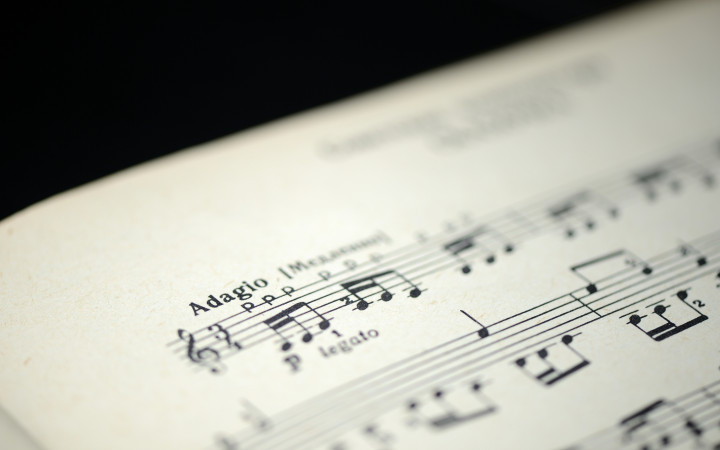Today’s Wonder of the Day was inspired by Andrea. Andrea Wonders, “Why is Italian used as the primary language of our musical vocabulary?” Thanks for WONDERing with us, Andrea!
Do you have a favorite subject in school? Do you enjoy learning about history, science, or math? Maybe you love language arts or P.E. Many kids like a class where they can sing and even practice some dance moves. What are we talking about? Music class, of course!
What makes music class so much fun? For many kids, it’s the thrill of learning to sing or play an instrument. And, of course, learning to read music is an important part of practicing those skills.
Have you ever read music? If so, you probably noticed a lot of new symbols and words. Maybe you saw the word presto at the beginning. Perhaps you read piano, forte, and fortissimo throughout the song. You probably needed to ask your teacher what these words meant. Or maybe you didn’t—if you knew how to read Italian!
Italian is sometimes called the language that sings. Do you speak Italian? If not, have you heard it out loud? Many think it sounds musical. However, the link between Italian and music is deeper than that. Today, the musical vocabulary is full of Italian words.
However, it wasn’t always so. Thousands of years ago, people didn’t write music. Instead, they passed songs down orally and taught each other to play them on instruments. Ancient people in Babylonia, Greece, and Rome were some of the earliest to write music. Later, people in Spain and Italy began putting music to paper for use in church choirs.
Around 1000 C.E., an Italian man named Guido d’Arezzo came up with the musical staff. This is used to show pitch in written music. Over the next few centuries, many of the people writing music were Italian. They used Italian words to describe tempo, dynamics, moods, and other aspects of music.
Of course, people in other parts of the world were writing music, too. In an effort to standardize written music, many of them used the Italian terms. Others wrote music in their own languages. For example, Beethoven sometimes used German words instead of Italian. Claude Debussy used French in “Clair de Lune.”
Still, Italian is the primary language used in music. You might already be familiar with some terms! One example is tempo—the speed of a piece of music. Markings in written music tell the player when the music should be adagio (slow), or allegro (fast). Some pieces are even presto (very fast). The dynamics, or volume, of music might begin at piano (soft) and crescendo (get louder) to fortissimo (very loud).
People who write music even have ways to communicate techniques. A musician might play the notes staccato (short and sharp) or legato (smooth). And, of course, every musician knows to stop playing when they see Fine (end).
These are just a few of the Italian words commonly used in music. Can you think of any others? Do you agree that Italian is the language that sings? If not, what language would you use as a composer?
Standards: CCRA.L.3, CCRA.L.6, CCRA.R.1, CCRA.R.2, CCRA.R.4, CCRA.R.10, CCRA.SL.1, CCRA.W.7,




